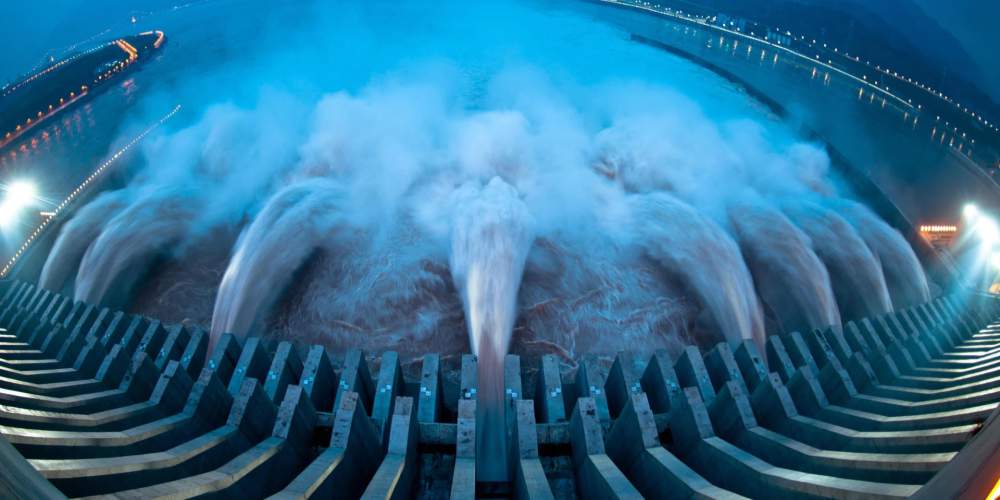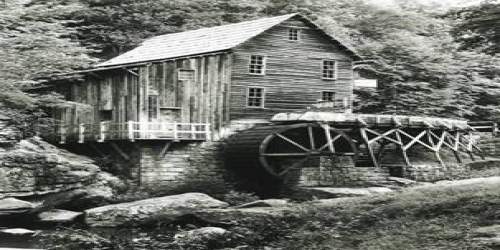Read Time : 3 Minutes
Community Hydroelectricity Station
More and more communities with the available resources are beginning to see the value of hydroelectric power for providing their own electricity to the grid. Although these projects are expensive they are collectively making a big difference to our dependence on fossil fuels across the UK and have the potential to provide a significant return on investment for those who become involved.
The Benefits of Community Hydroelectricity
- It provides a clean, renewable form of energy that reduces our dependence on less carbon friendly sources of electricity.
- The project can benefit from the government’s Feed in Tariff which means the community gets paid for the extra electricity they produce.
- This profit can help pay off the cost of the installation and provide valuable income for investment in the local community.
- The return on investment for a 1 MW system may well be around £3 million but the payback time with an annual income of £450,000 is only just over 6 years.
COMPARE PRICES FROM LOCAL INSTALLERS
Compare prices from local companies fast & free
Enter your postcode to compare quotes from leading professionals. We promise to keep your information Safe & Secure. Privacy Policy
Setting Up Community Hydroelectricity
Building something large such as a hydroelectric station for your local community requires a lot of people and organisations to come together. From the planning stages through to the actual construction needs the right people involved including local councils and the relevant experts who will be able to determine the suitability of a site. It also requires the agreement and involvement of the local community because the project will need to be funded and they will be vital source of finance given the right encouragement.
Examples of Community Hydroelectricity Projects
Whilst a number of hydroelectric projects use investment from local, national and international businesses as well as bank loans, community hydro installations, in part or whole, fund the scheme by inviting members of the community to buy shares. That means they give local people the opportunity to own a stake in the development. One of the prime examples of a hydro installation is being undertaken on the River Calder in Whalley where a community project has been set up. This 100 kW hydroelectric plant has been funded by a loan from the Charity Bank as well as the sale of shares, with the work being undertaken by Spaans Babcock Ltd. The entire project is set to cost around £750,000 and the finished plant will be able to produce 345,000 kWh a year. The money made from selling the electricity to the National Grid will, once the initial costs have been paid back, be used to fund other initiatives to benefit the local community. At Otterspool Weir near Stockport the hydroelectric turbine has been up and running for a couple of years now. The performance of the system gives an indication of the problems in arriving at an estimated output. When the project started this was thought to be around 69 kW but has actually turned out to be more like 51 kW. The Stockport Hydro Project managed to raise over £300,000 from selling shares to the local community which cut down on the size of bank loans. That means the scheme was set to break even within a couple of years of starting electricity production. Halton Lune will be one of the biggest hydro community projects in recent years, having raised nearly £1 million from their community share offer. Halton Lune Hydro Ltd was set up to undertake the project and the first 100 kW Kaplin turbine system was planned to be installed and fully functional by the end of autumn in 2014. In Scotland, a number of community owned projects for hydro production have begun to take shape including the one Lael Forrest which is currently going through the planning phase and the Lochlomand scheme that has recently received a £1.9 million investment package. In the Brecon Beacons in Wales the Talybont on Usk Energy Ltd manages a community hydroelectricity scheme with a 36 kW turbine that has been in operation since 2006. The money from selling the electricity to the grid pays for numerous community projects in the Brecon Beacons.
Raising the Money for a Community Hydroelectricity Project
There is a lot of planning and preparation that needs to go into any large sized project, but community involvement in hydroelectricity is beginning to grow. A community can benefit from having shares in green developments and the extra income that comes through after the initial debt is paid off that can be put towards local initiatives. Compared to other renewable technologies, the return on investment for a community hydro project is pretty favourable with many turning a profit within 5-6 years or even less. This is mainly due to the Feed in Tariff that means companies are willing to invest, banks are happier to lend and members of the community are more likely to buy shares because they know they are going to get a profitable return.
The Future of Community of Hydroelectricity Projects
Getting off any large scale project off the ground involves a significant amount of investment. The rise of community projects for a range of renewable installations including solar and wind have seen a surge in recent years. This, in turn, is going to have a significant impact on the way we finance our way to a greener, more sustainable and independent energy provision in the future.
Find a local installer
Welcome to the biggest directory of UK renewable energy companies





 Is Hydroelectricity Generation Worth it
Is Hydroelectricity Generation Worth it


